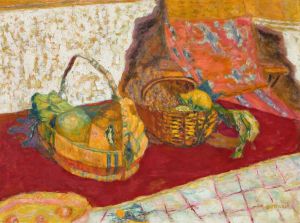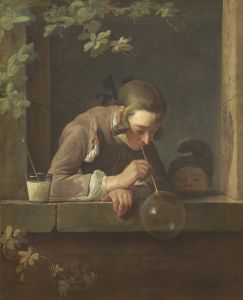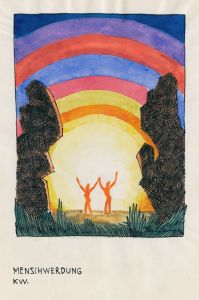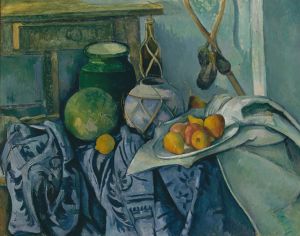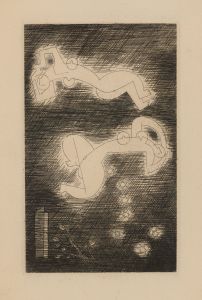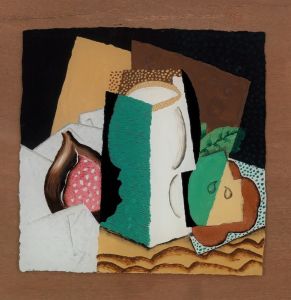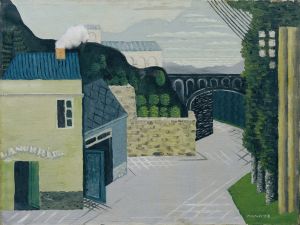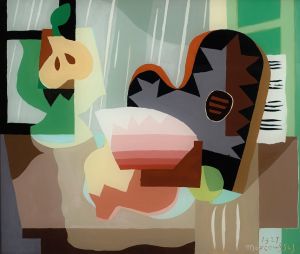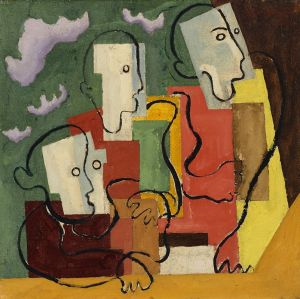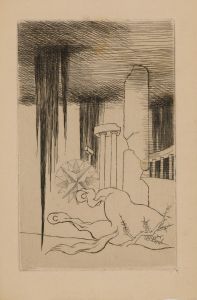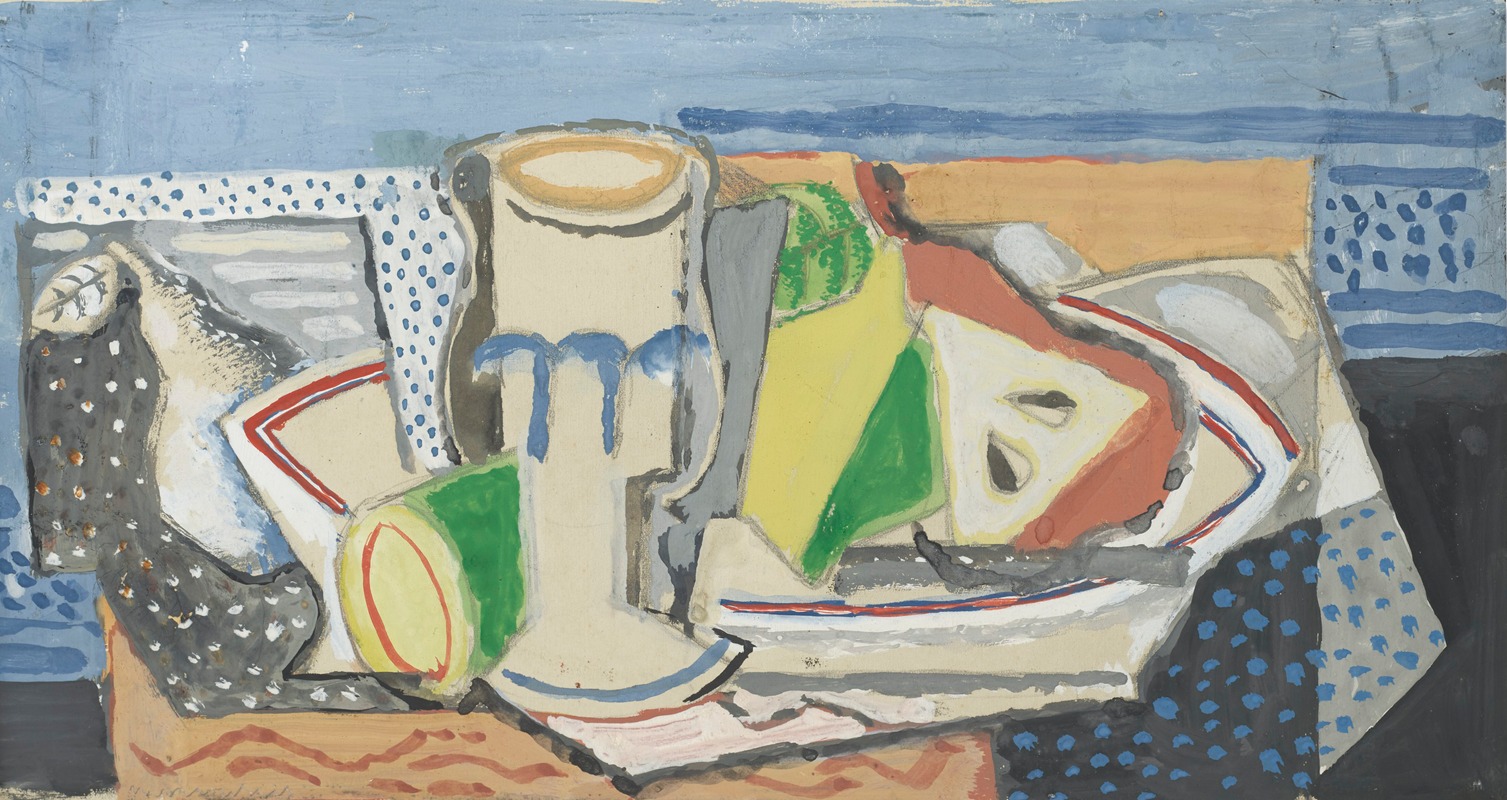
Nature morte au verre et à la poire
A hand-painted replica of Louis Marcoussis’s masterpiece Nature morte au verre et à la poire, meticulously crafted by professional artists to capture the true essence of the original. Each piece is created with museum-quality canvas and rare mineral pigments, carefully painted by experienced artists with delicate brushstrokes and rich, layered colors to perfectly recreate the texture of the original artwork. Unlike machine-printed reproductions, this hand-painted version brings the painting to life, infused with the artist’s emotions and skill in every stroke. Whether for personal collection or home decoration, it instantly elevates the artistic atmosphere of any space.
Louis Marcoussis was a Polish-French painter and engraver associated with the Cubist movement. Born Ludwik Kazimierz Wladyslaw Markus in Warsaw in 1878, he moved to Paris in 1903, where he became an integral part of the vibrant artistic community. Marcoussis is best known for his still lifes and portraits, which often incorporate elements of Cubism, a style that emphasizes abstract structure over realistic representation.
"Nature morte au verre et à la poire" (Still Life with Glass and Pear) is one of Marcoussis's notable works, exemplifying his mastery of Cubist techniques. Although specific details about this painting, such as its creation date or current location, are not widely documented, it is representative of the themes and styles that Marcoussis explored throughout his career.
In "Nature morte au verre et à la poire," Marcoussis employs the characteristic fragmentation and geometric abstraction of Cubism. The composition likely features a glass and a pear, common subjects in still life paintings, rendered in a way that deconstructs their forms into geometric shapes and planes. This approach allows the viewer to perceive multiple perspectives simultaneously, a hallmark of Cubist art.
Marcoussis's work often reflects the influence of his contemporaries, such as Pablo Picasso and Georges Braque, who were pioneers of the Cubist movement. However, Marcoussis developed his own distinct style, characterized by a more lyrical and less austere approach compared to some of his peers. His use of color and form often conveys a sense of harmony and balance, even within the fragmented structure of Cubism.
The still life genre, which "Nature morte au verre et à la poire" belongs to, has a long tradition in art history, serving as a means for artists to explore composition, color, and form. In the context of Cubism, still lifes provided an ideal subject for experimentation with abstraction and the depiction of space. Marcoussis's work in this genre demonstrates his ability to blend traditional subject matter with innovative artistic techniques.
Throughout his career, Marcoussis participated in numerous exhibitions, contributing to the dissemination and development of Cubist art. His works were displayed in prominent venues such as the Salon des Indépendants and the Salon d'Automne in Paris, where he gained recognition for his contributions to modern art.
In addition to painting, Marcoussis was also an accomplished engraver, producing a significant body of graphic work that further showcased his skill in manipulating form and line. His engravings, like his paintings, often feature the same Cubist principles of fragmentation and abstraction.
Louis Marcoussis continued to create art until his death in 1941. His legacy is preserved through his contributions to the Cubist movement and his influence on subsequent generations of artists. While "Nature morte au verre et à la poire" may not be as widely known as some of his other works, it remains an important example of his artistic vision and the enduring appeal of Cubist still life painting.






